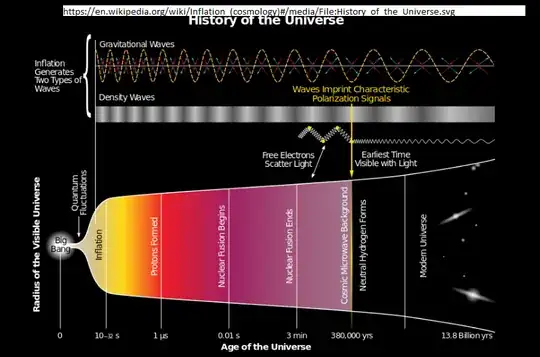Disclaimer: I'm not asking whether the Big Bang happened at a point. I'm asking whether the fact that the universe is isotropic and that the Big Bang happened contradict each other.
To be honest I am just starting to learn General Relativity and cosmology but I feel like this question has a profound basis. If we assume that the universe "started" by the Big Bang (which I naively imagine as just the expansion of a sphere) then surely it must have started out from a certain point, which is still in our sphere universe. However we also know that the universe is isotropic, that there are no "special" points. How can these two facts coexist since if the Big Bang really did happen then there must be a characteristic point in our universe, a special point, which contradicts the principle of isotropy. So what am I missing, if I'm missing anything?
